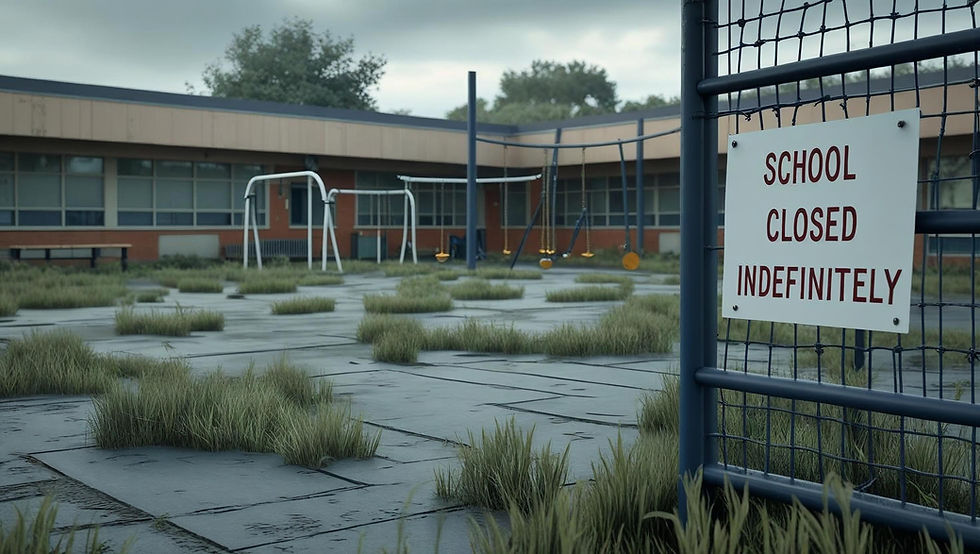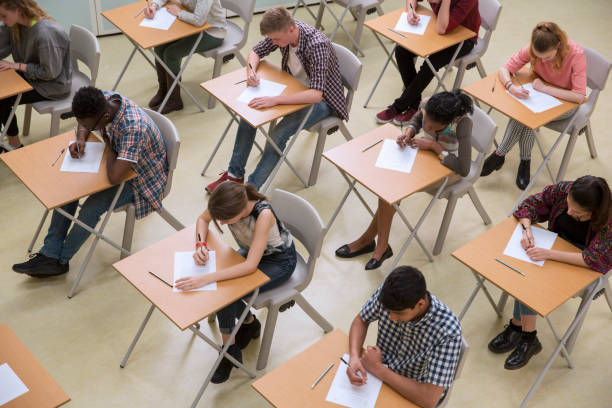Transform or Close: The Future of Traditional Schools by 2030
- Aug 12
- 1 min read
As we saw during the pandemic, schools were forced to pivot, almost overnight, to embrace technological advancements. Without that urgency, such transformation might have taken decades, if it happened at all. Now, with AI becoming mainstream, traditional schools face an even greater challenge.
The rise of AI is another disruptive force, akin to a pandemic event, rapid, unavoidable, and profoundly transformative. Schools clinging to outdated models of content delivery and standardized testing will not survive; AI can already perform these traditional teaching strategies more effectively and efficiently than those who rely solely on them.
The schools celebrated in the coming decade will be those that focus on the rich development of skills and dispositions essential for thriving in a contemporary world.
As UNESCO has warned, “Education must not only respond to changes but anticipate future needs, developing skills that go beyond rote learning.” The OECD reinforces this, stating, “The future of education lies in fostering creativity, critical thinking, and collaboration.”
Government agencies and educational bureaucracies must also transform. However, they are likely to dissolve if they fail to adapt, as schools take up the baton to drive transformation individually. Education bureaucracies will have diminishing relevance and sway unless they also transform rapidly and boldly.
With global consensus and mounting evidence in favour of transformation, traditional schools have only two options: evolve boldly or close. The era of slow, incremental change is over, tomorrow’s success depends on today’s decisive action.

.png)



Comments